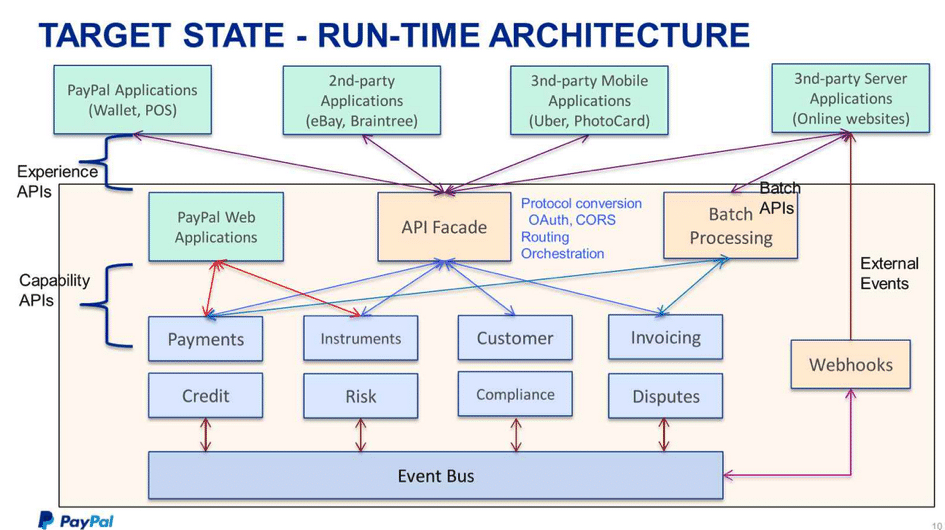Henry Ford turned the U.S. auto industry on its head when he introduced the idea of prefabricating components at remote sites, and then putting them together on a production line. Despite many industries following suit, software lagged behind until 2008, when Andrew Clay Shafer and Patrick Debois told the Agile Conference there was a better way to develop code:
– Write the Code
– Test the Code
– Use the Code
– Evaluate, Schedule for Next Review
The term ?DevOps? is short for Development and Operations. It first appeared in Belgium, where developers refined Shafer and Depois? ideas. Since then, DevOps became a counter movement against the belief that software development is a linear process and has largely overwhelmed it.
DevOps – A Better Way
DevOps emerged at an exciting time in the IT industry, with new technology benefiting from a faster internet. However, the 2008 world recession was also beginning to bite. Developers scampered to lower their human resource costs and get to market sooner.
The DevOps method enabled them to colloborate across organizational boundaries and work together to write, quality assure and performance test each piece of code produced in parallel.
DevOps? greater time-efficiency got them to market sooner and helped them steal a march on the competition.
There are many advantages to DevOps when we work in this collaborative way. Cooperation improves relationships between developers, quality assurers and end users. This helps ensure a better understanding of the other drivers and a more time-effective product.
Summary of DevOps Objectives
DevOps spans the entire delivery pipeline, and increases the frequency with which progress is reviewed, and updates are deployed. The benefits of this include:
? Faster time to market and implementation
? Lower failure rate of new releases
? Shortened lead time for bug fixes and updates
The Psycho-Social Implications of DevOps
DevOps drills through organization borders and traditional work roles. Participants must welcome change and take on board new skills. Its interdepartmental approach requires closer collaboration across structural boundaries and greater focus on overarching business goals.
Outsourcing the detail to freelancers on the Internet adds a further layer of opportunity. Cultures and time zones vary, requiring advanced project management skills. Although cloud-based project management software provides adequate tools, it needs an astute mind to build teams that are never going to meet.
The DevOps movement is thus primarily a culture changer, where parties to a project accept the good intentions of their collaborators, while perhaps tactfully proposing alternatives. There is more to accepting a culture than using a new tool. We have to blend different ways of thinking together. We conclude by discussing three different methods to achieve this.
Three Ways to Deploy DevOps in your?Organisation
If you foresee regular DevOps-based projects, consider running your entire organisation through an awareness program to redirect thinking. This will help non-participants understand why DevOps members may be ?off limits? when they are occupied with project work. Outsourcing tasks to contracting freelancers can mitigate this effect.
There are three implementation models associated with DevOps although these are not mutually exclusive.
? Use systems thinking. Adopt DevOps as company culture and apply it to every change regardless of whether the process is digital, or not
? Drive the process via increased understanding and feedback from key receivers. Allow this to auto-generate participative DevOps projects
? Adopt a continuous improvement culture. DevOps is not only for mega upgrades. Feedback between role players is paramount for success everywhere we go.
You can use the DevOps concept everywhere you go and whenever you need a bridge to better understanding of new ideas. We diminish DevOps when we restrict its usefulness to the vital role it plays in software development. The philosophy behind it belongs in every business.

